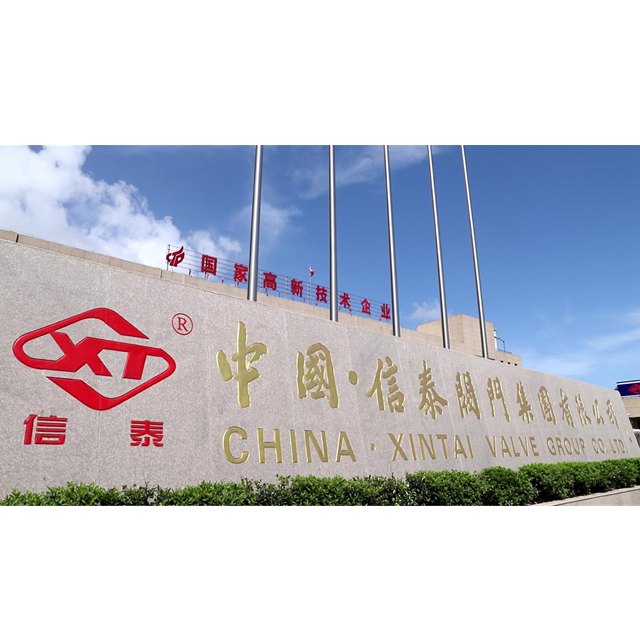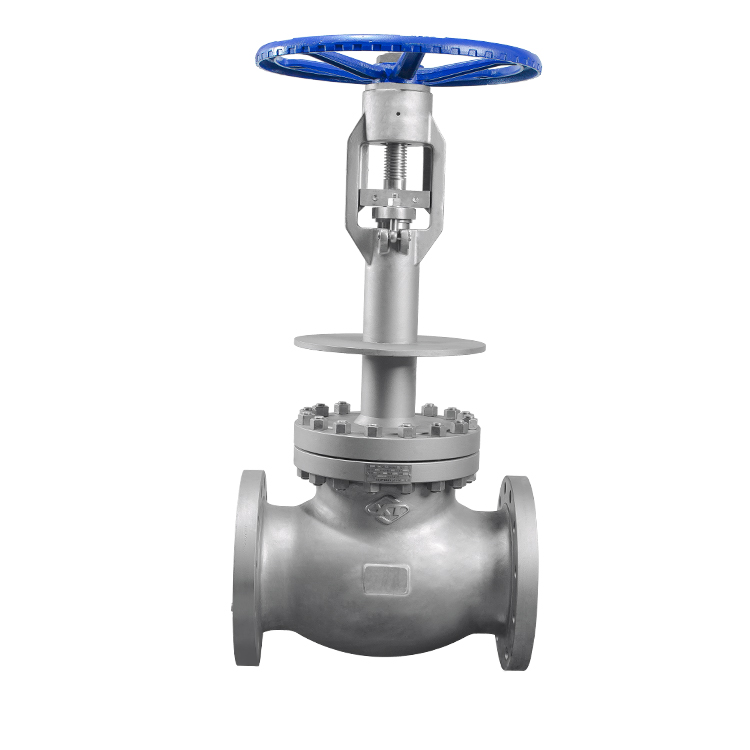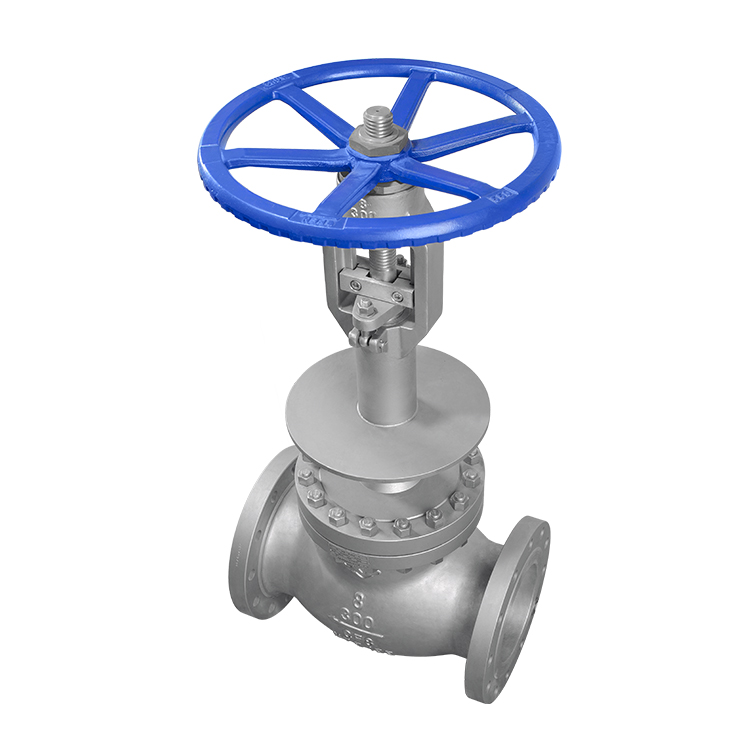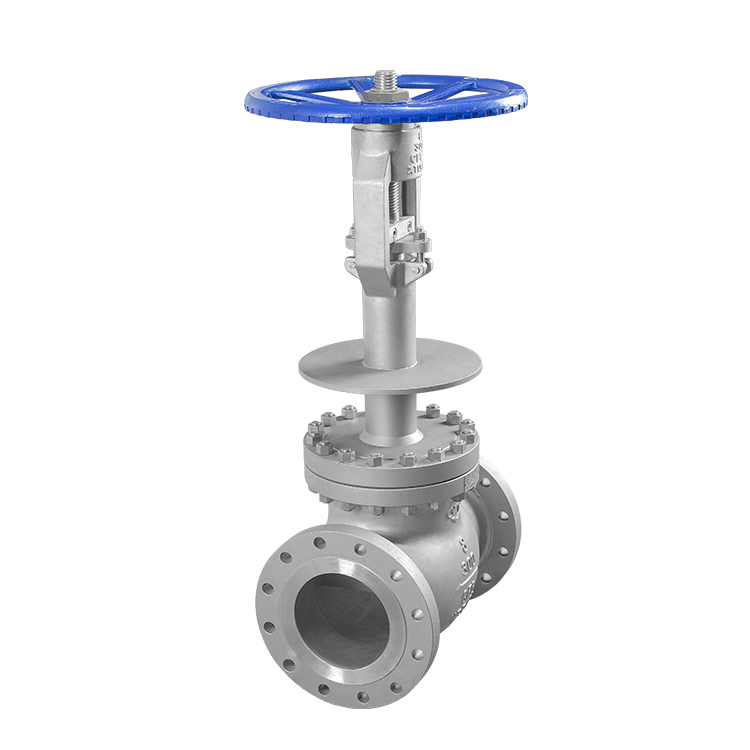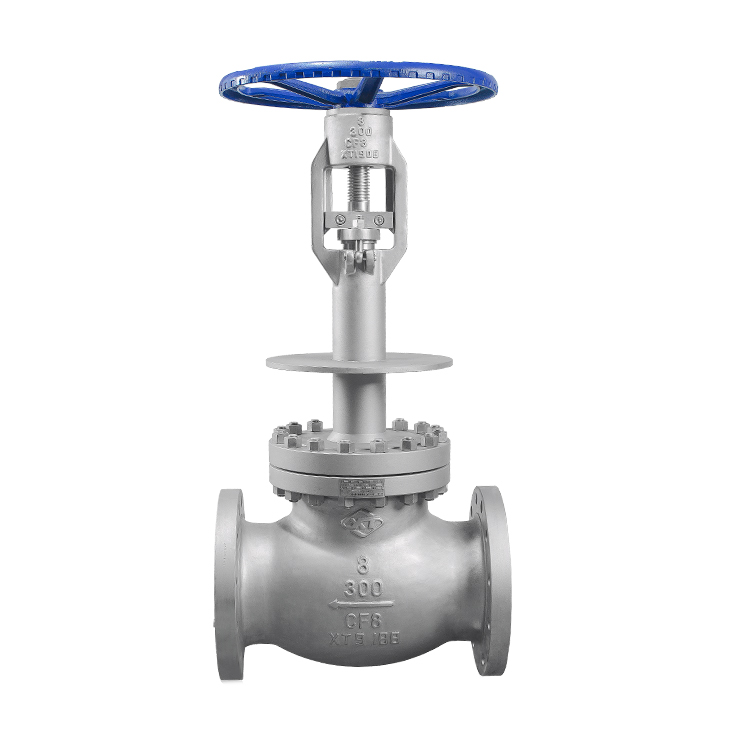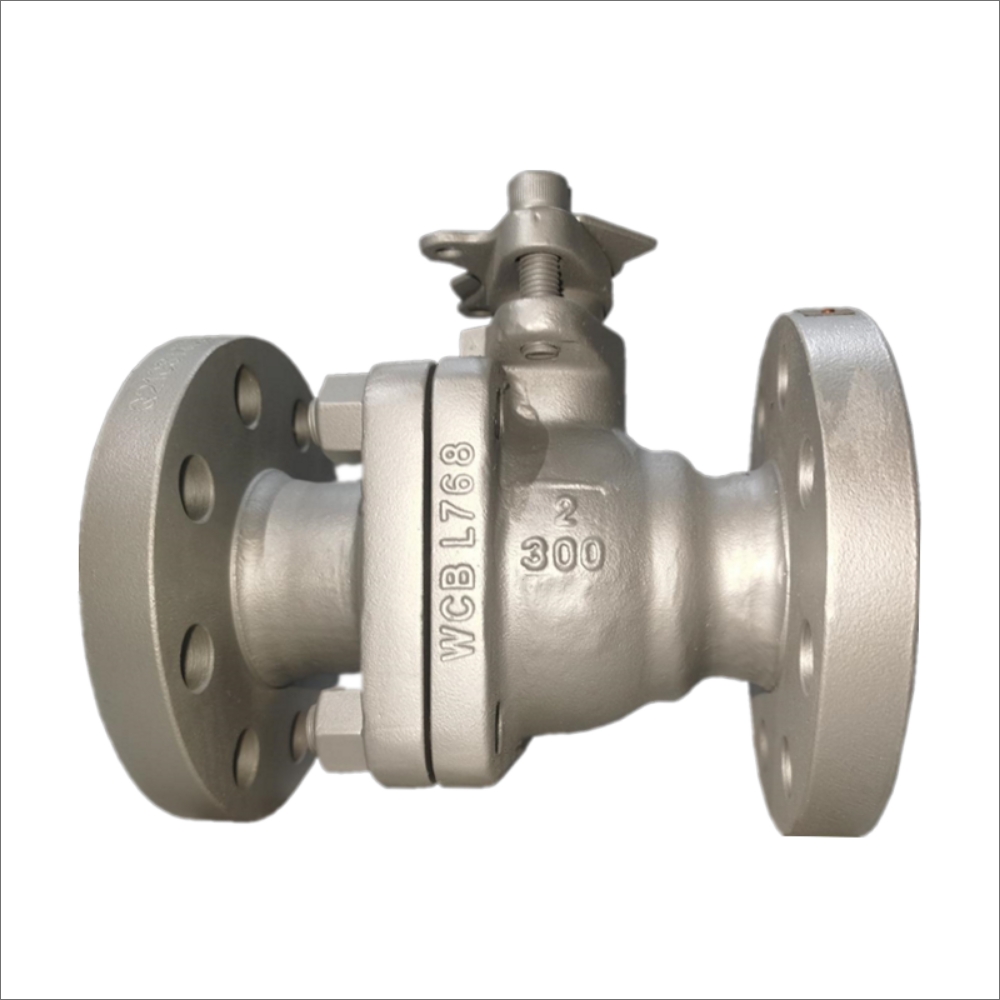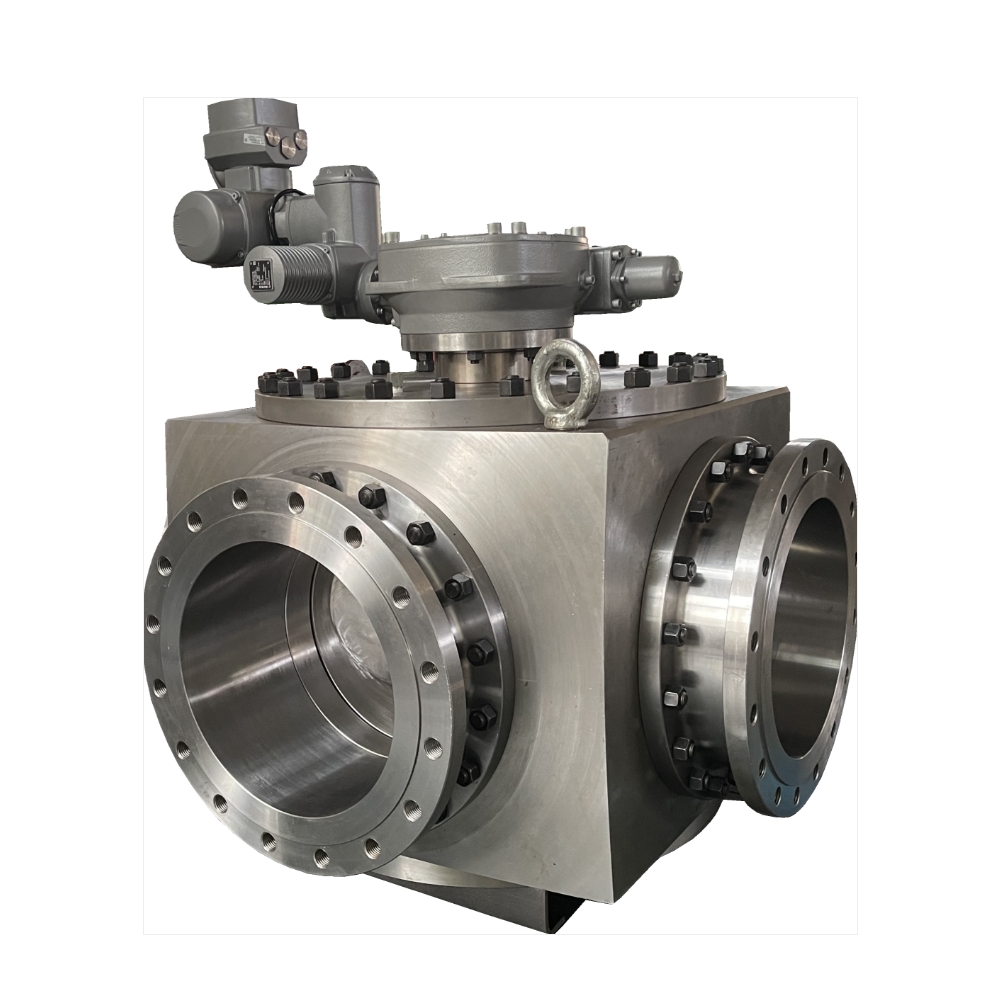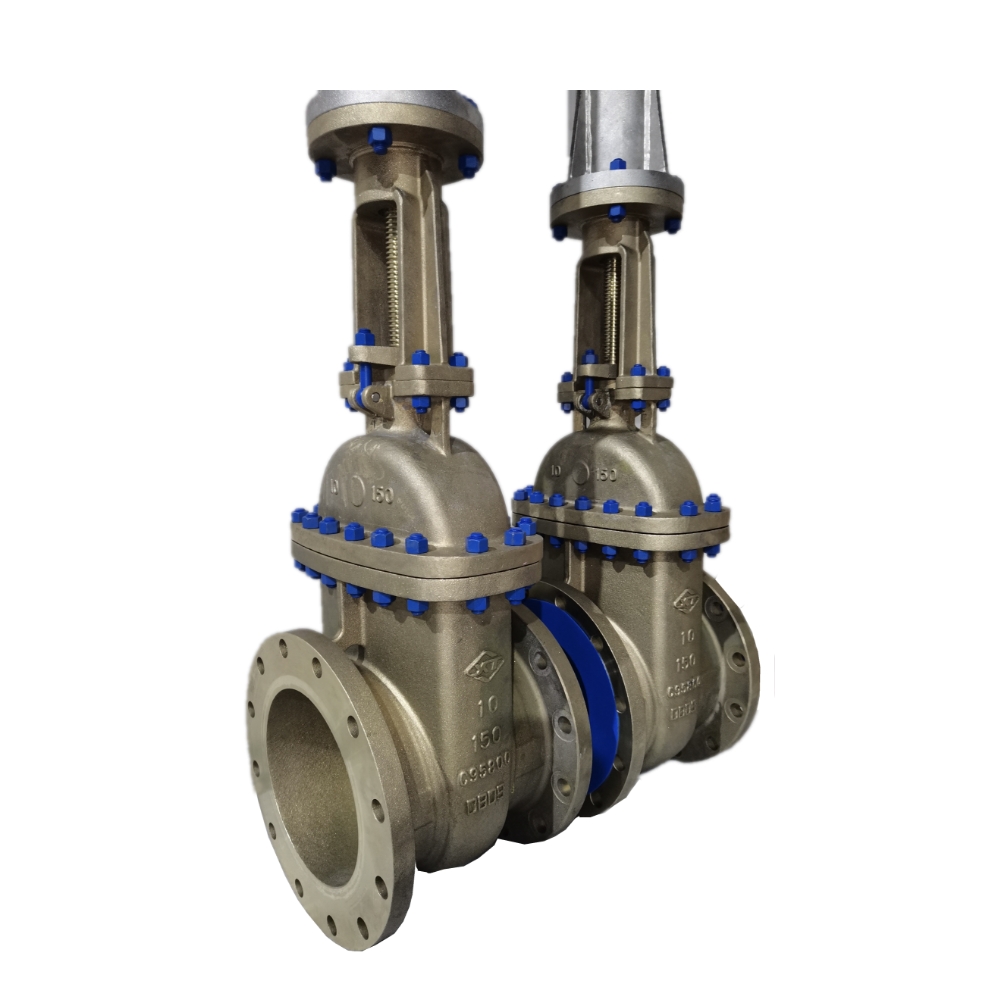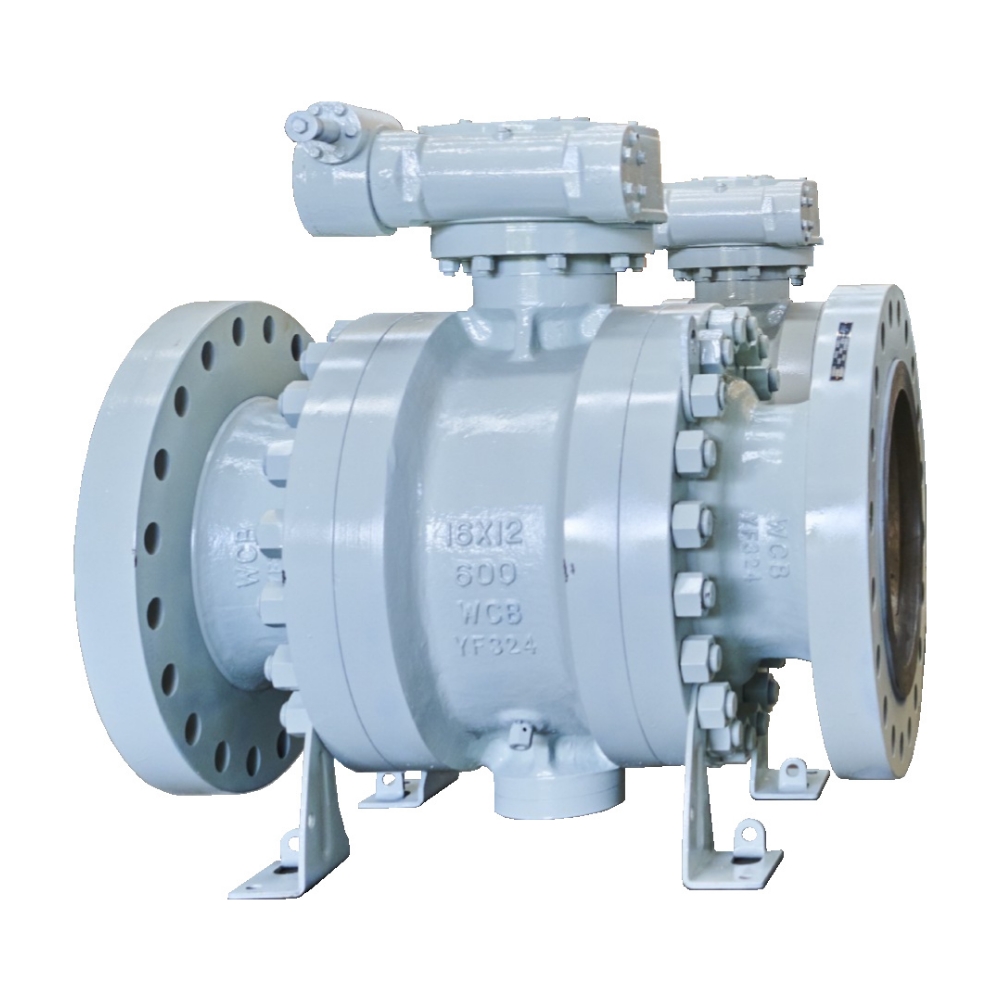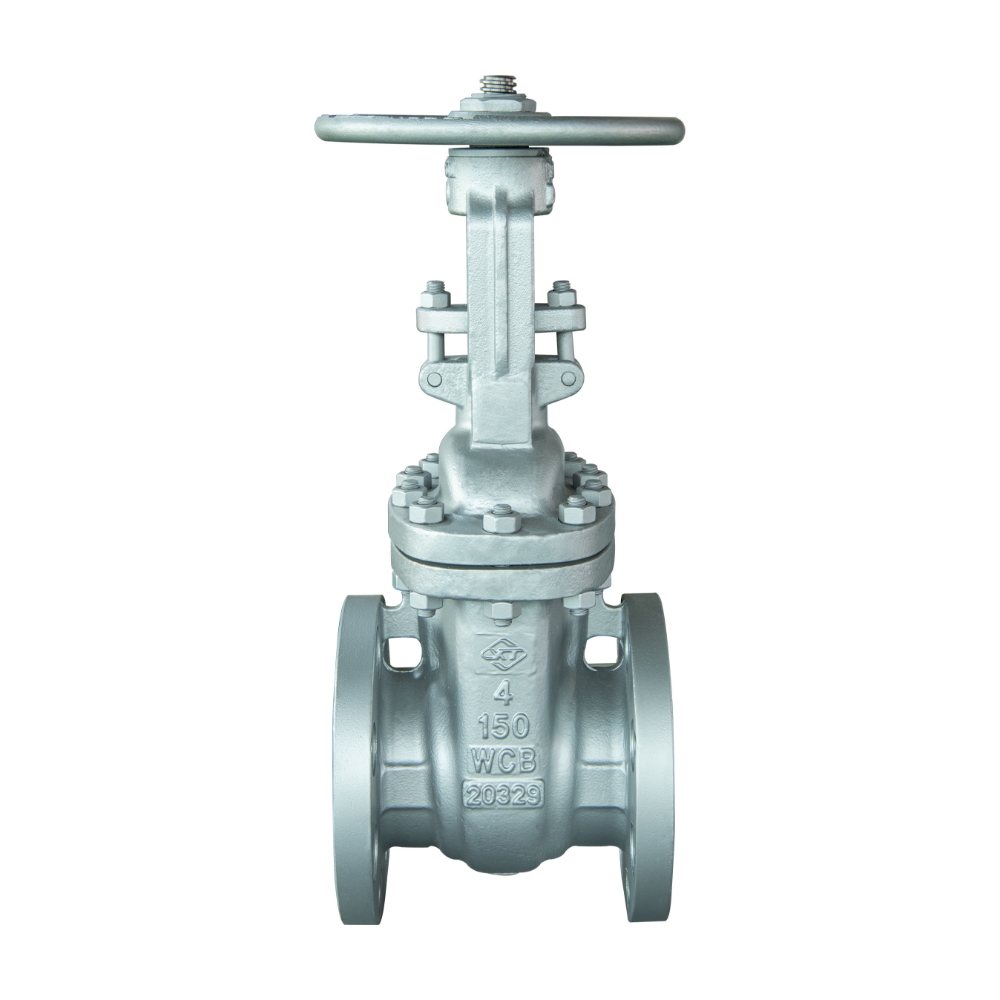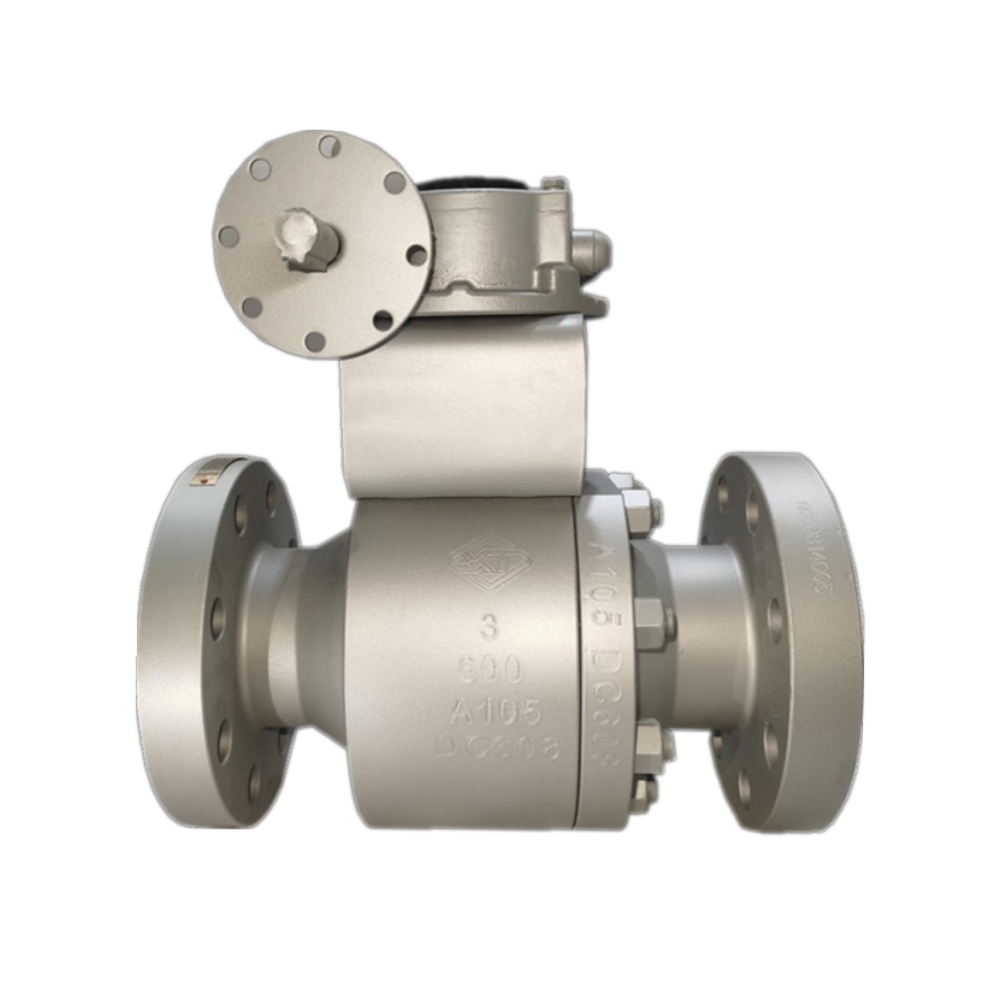CRYOGENIC GLOBE VALVE
A cryogenic globe valve is a normal cryogenic valve with a spherical shape. Due to the spherical shape and internal mechanism, it is known as a globe valve. In this valve, there is an internal movable disc.
Description
Cryogenic valves are often used in the oil and gas industry as they can handle the very cold temperature. These valves are used for storing as well as managing the flow of cold gases as well as liquids.
As we all know, cryogenic gases are cold and need special types of the valve to control the flow. In such a case, a cryogenic valve is used. However, there are different types of cryogenic valves available in the market.
They are available in the form of globe valves, ball valves, gate valves, top-entry ball valves, and butterfly valves. Out of all these types, the most popular one is the cryogenic globe valve.
This type of valve has a spherical shape and uses an internal movable disc to control the flow of liquid and gases. If you want to know more about cryogenic globe valve, continue reading this article.
What Is A Cryogenic Globe Valve?
A cryogenic globe valve is a normal cryogenic valve with a spherical shape. Due to the spherical shape and internal mechanism, it is known as a globe valve. In this valve, there is an internal movable disc. It is also known as the obturator. This disc rotates 90 degrees to the body seat, thereby opening and closing the flow. This type of valve offers long-term sealing performance. They are extremely reliable as well.
However, they are not suitable for situations when the flow rate is paramount. On top of that, it is susceptible to moisture as well. Apart from that, it is one of the widely used cryogenic valves in various industries. There are different types of cryogenic globe valves available in the market.
A double-beat cryogenic globe valve is designed to lower the hydraulic load when regulating flow. A globe valve’s disc can be varied to allow quick full-flow or precise flow regulation. Depending on the application, globe valves can be either sealed against or with the flow. The sealing surface is crucial to the operation of a valve, and design and construction are important factors in sizing the valve’s actuator.
A bidirectional floating ball valve can be used in a cryogenic application. Its smaller size, simple construction, and low complexity reduce the overall system cost. The valve itself is relatively inexpensive, so its price can be higher than the actuator. Despite this, bidirectional floating ball valves are highly recommended for cryogenic applications. These valves can be used in both manual and automated operations. They can also be installed on LNG terminals, ships, and tankers.
A cryogenic globe valve has a long neck structure to protect its stuffing box and thereby minimizes cold energy loss. The packing gland is located outside the valve’s neck and is thus protected from any movement that might damage the cold insulation material. Moreover, the long neck structure allows easy winding of the cold insulation material to prevent the valve from losing its cold energy.
Features and Benefits of a Cryogenic Globe Valve
There are several features and benefits of a cryogenic globe valve. Here we discuss the application, characteristics, cost, and material combinations.
- Applications
Cryogenic globe valves are an excellent choice for regulating flow isolation. Compared to other valve types, globe valves offer a superior seal for regulating flow. When installed properly, they are also better suited for fine flow control applications. The valve is also useful for controlling the discharge from centrifugal cryogenic pumps. Its small size and ease of repair make them a practical choice for many applications.
A cryogenic globe valve is used in a wide variety of applications. Unlike standard valves, these are characterized by their specialized design. The flow direction of these valves is regulated by a single-cylinder or disc, thereby minimizing the pressure drop and promoting easy operation.
Cryogenic globe valves are available with either a conventional or a magnetic drive. The conventional type is made of a ball-shaped metal disc that fits against a flat-surfaced seat in the body. The conventional type is inexpensive and is primarily used for low-pressure service.
- Characteristics
A Cryogenic globe valve is designed to control the flow of gaseous or liquid media through it. It is composed of a disc and a valve stem. To open or close the valve, the stem is turned inwards until the disc contacts the seat. Once closed, the disc and seat form a tight seal, and fluid flows through the opening and closing space.
For cryogenic applications, cryogenic valves are designed with specific features to withstand low temperatures. Extended bonnets are available with sufficient gas column length to keep stem packing away from cold fluid. Flexible wedges are available with CoCr alloy seating faces. Globe discs can be fabricated with Neoflon inserts. These features enable cryogenic valves to deliver years of trouble-free service and prevent expensive downtime.
- Sealing in Both Directions
A cryogenic globe valve has two sides, the upstream side, and the downstream side. One side acts as the pressure source while the other acts as the mechanical loading. The innerspring 18 acts as a force source while the external force is applied to ensure that the end face and the sealing surface fit tightly. In order to maintain a high sealing capacity, both sides of the valve must have an optimal thermal coefficient.
A sealing element 16 b is positioned between the two halves of the disc 12. It is constructed of a pair of spaced beadlike projections made of a thermally sensitive material, which engages the valve disc in a leakproof fashion. Another element of the sealing mechanism is a metallic substrate, which is constructed of a Teflon coating. These components are designed to last for many years in a cryogenic environment.
- Linear Actuation Device
Cryogenic applications include LNG terminals, shipping, tankers, dispensers, and GVU engines. Cryogenic globe valves are typically equipped with linear actuation devices. Linear actuation devices add complexity to the valve, resulting in higher costs. Linear actuation devices are more expensive and complicated than standard ball valves, so they must be paired with complex control systems to provide the proper operation and maintenance.
The linear actuation device of a cryogenic glove valve is advantageous in a number of ways. The actuation device enables the valve stem to be moved linearly, eliminating the possibility of multiple leak paths. The valve disk is coupled to a retainer above the valve seat, while the shaft insulator is used to contain leakage fluid near the valve seat.
| Size | Pressure | Connect Type | Material | Standard |
| 1-1/4″~56″ DN32~DN1400 | CL150 PN6~PN25 | FLG | ASME B16.34 | GB/T12235 |
| 1-1/4″~48″ DN32~DN1200 | CL300 PN40 | SW | C95800 | ASME B16.34 |
| 1-1/4″~48″ DN32~DN1200 | CL400~CL600 PN63~PN100 | BW | C63200 | BS1873 |
| 1-1/4″~36″ DN32~DN900 | CL900~CL1500 PN160~PN250 | NPT/G | Titanium Alloy and other special materials | DIN 3356 |
| 1-1/4″~24″ DN32~DN600 | CL2500 PN320 PN400 | CLAMP | | JB/T 7746 |

Related products
BALL VALVE
- 3-Way L Port Ball Valve
- Full-Welding Ball Valve
- V-Notch Valve
- Undergroud Ball Valve
- Top Entry Ball Valve
- Thread Ball Valve
- Soft Sealing Ball Valve
- Side Entry Ball Valve
- Metal Sealing Ball Valve
- Forged Trunnion Ball Valve
- 3-Way T Port Ball Valve
- Forged Floating Ball Valve
- Flange Type Segment Ball Valve
- Double Block and Bleed Valve
- Casting Trunnion Ball Valve
- Casting Floating Ball Valve
- Bronze Ball Valve
- 4-Way Ball Valve
- Wafer Type Segment Ball Valve
BUTTERFLY VALVE
- Centerline Lug Type Butterfly Valve
- Centerline Wafer Type Butterfly Valve
- Double Eccentric Butterfly Valves
- High Performance Butterfly Valve
- Lined Butterfly Valve
- Resilient Seated Butterfly Valve
- Triple Eccentric Butterfly Valves
CHECK VALVE
- Bronze Check Valve
- Butt Welding Check Valve
- Casting Check Valve
- Dual Plate Check Valve
- Forged Check Valve
- Globe Check Valve
- Lift Check Valve
- Pressure Self-Sealing Check Valve
- Socket Welding Check Valve
- Swing Check Valve
- Thread Check Valve
- Wafer Check Valve
CONTROL VALVE
- Electric Actuator Ball Valve
- Electric Actuator Butterfly Valve
- Electric Actuator Gate Valve
- Electric Actuator Globe Valve
- Gas Over Oil Actuator Ball Valve
- Linear Control Valve
- Pneumatic Actuator Ball Valve
- Pneumatic Actuator Butterfly Valve
- Pneumatic Actuator Gate Valve
- Pneumatic Actuator Globe Valve
CRYOGENIC VALVE
- Cryogenic Ball Valve
- Cryogenic Check Valve
- Cryogenic Gate Valve
- Cryogenic Globe Valve
GATE VALVE
- Bellow Gate Valve
- Bidirectional Knife Gate Valve
- Bronze Gate Valve
- Butt Welding Gate Valve
- Casting Wedge Gate Valve
- Forged Wedge Gate Valve
- Knife Gate Valve
- Parallel Slide Gate Valve
- Pressure Self-Sealing Gate Valve
- Socket Welding Gate Valve
- Thread Gate Valve
- Through Conduit Knife Gate Valve
GLOBE VALVE
- Angle Type Globe Valve
- Bellow Globe Valve
- BS 1873 Globe Valve
- Butt Welding Globe Valve
- Casting Globe Valve
- Forged Globe Valve
- Pressure Self-Sealing Globe Valve
- Socket Welding Globe Valve
- Thread Globe Valve
Plug Valve
- Plug Valve
SAFETY VALVE
- High Performance Steam Safety Valve
- Jacketed Safety Relief Valves
- Pilot Operated Safety Valve
- Spring Load Safety Valve
STRAINER
- Basket Strainer
- Cast Iron Y Strainer
- Thread Y Strainer
- Y Strainer
